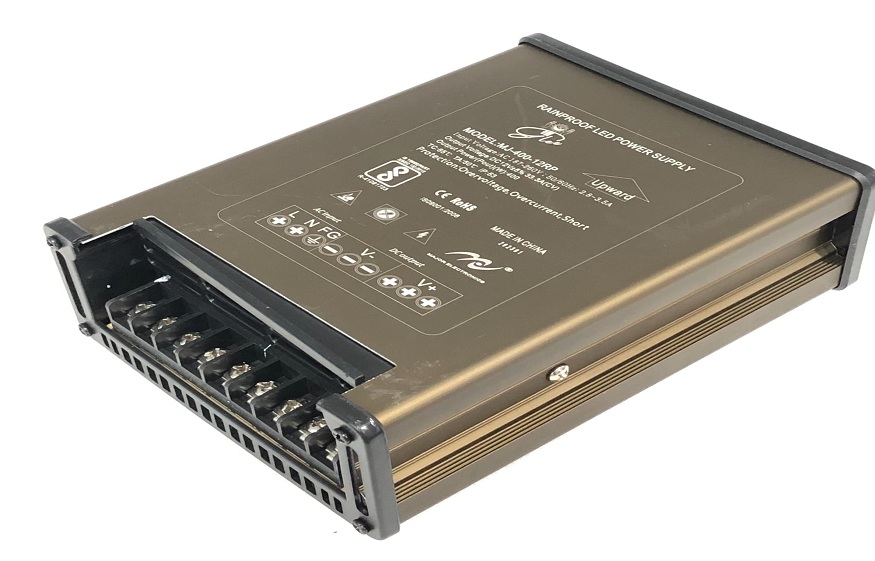
Why Quality Matters in the LED Industry
In today’s energy-conscious world, LED lighting has become the foundation of modern illumination lighting up everything from commercial spaces to architectural installations. As the applications of LED technology continue to expand, so does the importance of choosing the right components to ensure long-term performance and reliability. Quality in the LED industry is no longer just a matter of brightness, it’s about precision, safety, and consistency across an entire system.
Understanding the LED Strip Lighting Ecosystem
LED strip lighting plays a transformative role in how light is designed and distributed. Its flexibility, slim form, and ability to be customized make it ideal for applications such as under-cabinet lighting, decorative facades, signage, and ambient architectural elements. These systems often operate in demanding conditions exposed to heat, varying voltages, or constant use which makes the quality of their components more important than ever.
A good lighting system is never just about the light source; it’s about how well each component, from the diode to the circuit and power supply, works together. When you view LED systems as part of a larger ecosystem, you realize the need for coordination and compatibility.
What to Expect from a Professional LED Strip Lights Manufacturer
The foundation of any effective LED lighting system begins with the strip light itself. Quality manufacturers focus on high-lumen output, precise color rendering, and reliable heat dissipation. The consistency of these lights affects everything from energy consumption to visual appeal. For industries that rely on 24/7 operation or detailed design work, even the slightest variation in brightness or color temperature can make a significant difference.
This is where working with a trusted LED Strip Lights manufacturer becomes critical. They don’t just provide strips, they engineer systems that are ready for seamless integration, making it easier for developers, architects, and technicians to get the exact performance they require. Such manufacturers also offer options for waterproofing, flexible circuit boards, and color customization all vital for professional-grade projects.
Backbone of Stability: Choosing the Right LED Power Supply
No LED lighting setup is complete without a dependable power supply. While often overlooked, the LED driver plays a key role in ensuring a consistent voltage, protecting the system from overloads, and minimizing flicker or dimming issues. The power supply is essentially the brain behind the operation; it manages how energy is delivered and regulates heat, which directly impacts the longevity of the lights.
To avoid compatibility issues and electrical faults, many professionals work with a reliable LED Power Supply distributor that can provide a range of options for varying voltages, load requirements, and environmental protections. Whether the installation is for indoor signage or an outdoor public lighting system, choosing the right power unit is a critical decision that affects both safety and performance.
The Shift Toward Modular & Scalable Lighting Systems
As projects become more complex, lighting systems must evolve to be modular and scalable. This shift is driven by the need for flexible design, faster installation, and easier maintenance. Today’s lighting designs often include sensors, smart controls, and integrated power management features that demand precision and reliable component integration.
Modular solutions offer the advantage of upgrading one component without disrupting the entire system. This is especially valuable in commercial or retail environments where downtime can be costly. In such setups, sourcing compatible components, strip lights, power supplies, connectors from a single trusted provider helps eliminate compatibility issues and supports smoother assembly.
Conclusion
The LED industry has moved far beyond the basic functionality of turning on a light. It’s now about creating intelligent, adaptable, and energy-efficient systems that deliver long-term value. This transformation is only possible when the foundational components are built with care and engineered for real-world use.
Whether you’re building a lighting system for an office, a hotel, or an industrial setup, the choice of manufacturer and distributor directly affects the outcome. By prioritizing quality over price and working with partners who understand the demands of modern lighting, you can build systems that are not only functional but also future-ready.
Ultimately, the success of a custom LED setup doesn’t rely on flashy branding it relies on reliable engineering, attention to detail, and collaboration between every link in the supply chain.
